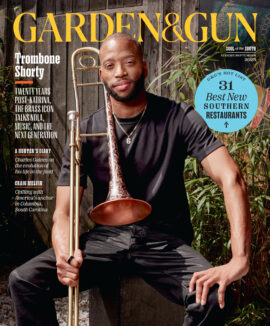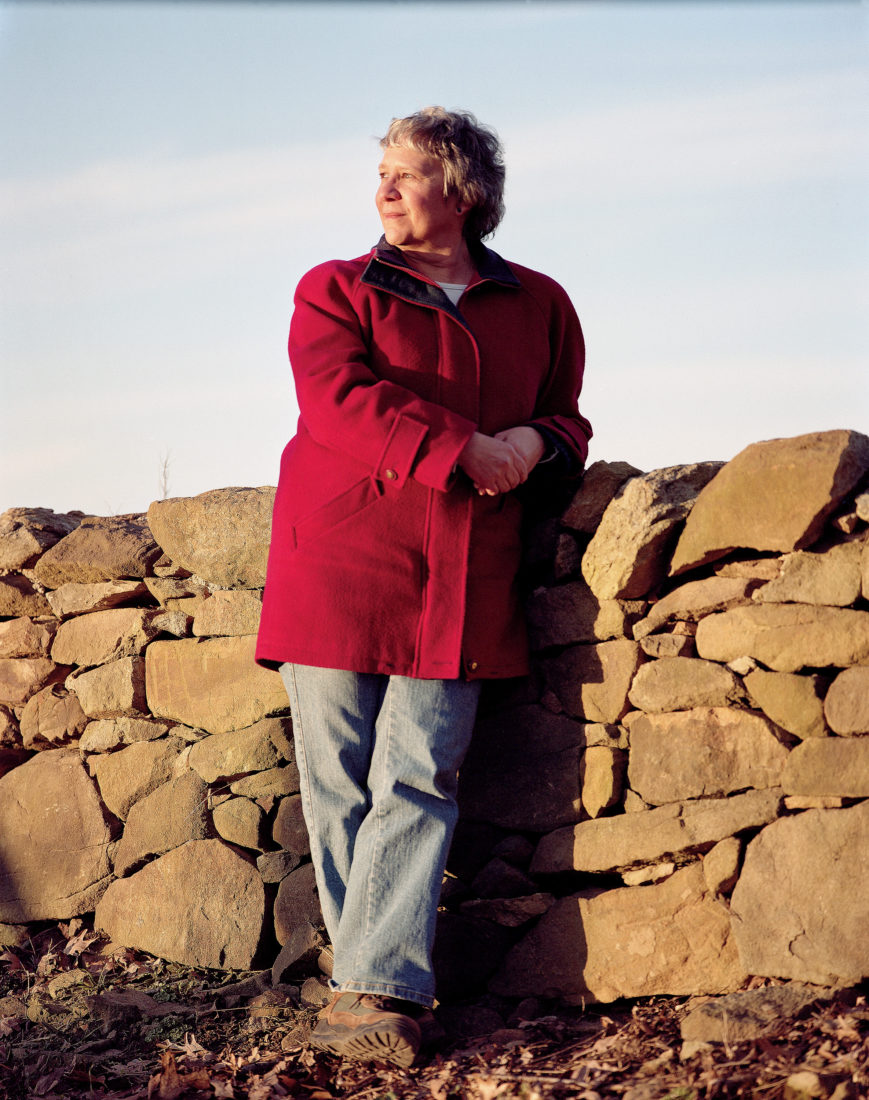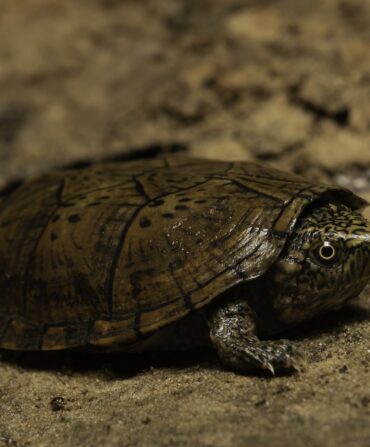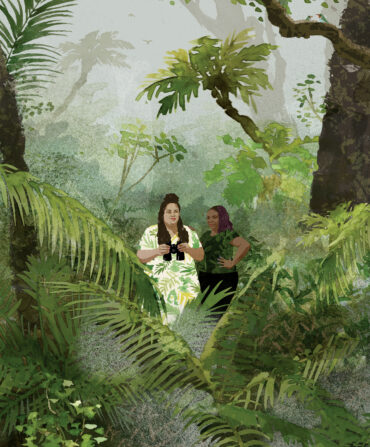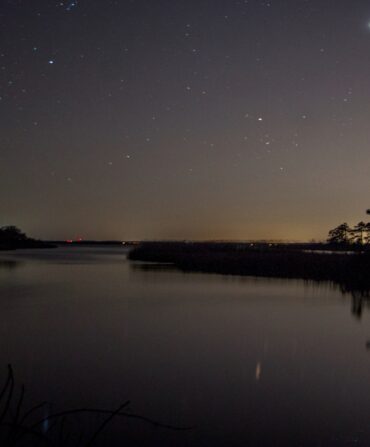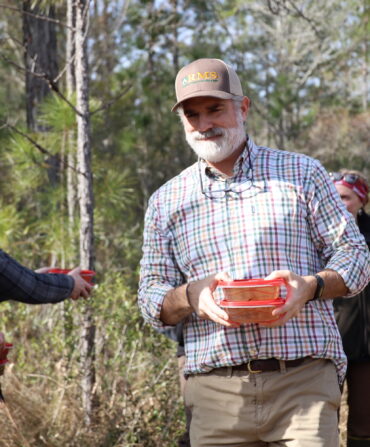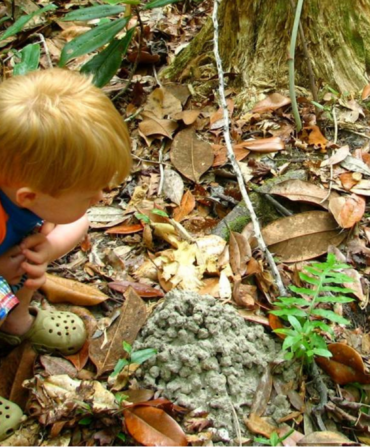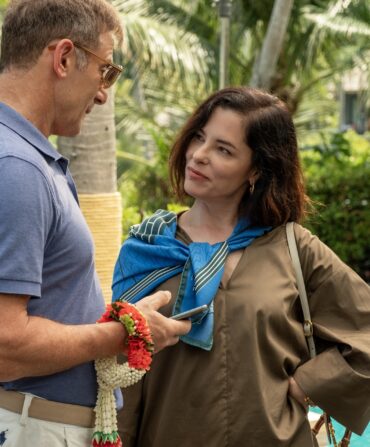Cathy Mayes has no illusions about the challenge of restoring the American chestnut. Once common across many Southern forests, the chestnut was wiped out by an imported blight around the turn of the twentieth century. “I will never know if this work is successful,” says the chairman of the Virginia chapter of the American Chestnut Foundation. “But each generation has to turn the ball a bit to keep it rolling.” For five years Mayes, a retired attorney, has worked on projects to breed blight-resistant trees and raise awareness and money. Last year, her group completed the first large-scale test planting of chestnuts in Virginia. “The organization is not much bigger than folks sitting around a kitchen table,” she says. “Yet what we’re doing is truly astonishing—restoring a species on a magnitude beyond the scope of anything ecologists have ever attempted.”
tags:
Related Stories:
Conservation
The tiny flattened musk turtle lives within a single watershed in Alabama, and biologists are racing to study it before it’s too late
Land
A mystical stroll through a rare, endangered mountain ecosystem brings one writer an afternoon of visual splendor
Travel
Stargazing in one of the last wild places on the Atlantic Coast
Trending Stories:
Land & Conservation
The future of conservation in the South just got a little bit brighter—and not just for salamanders
Land & Conservation
The mounds may look insignificant, but they’re the craftsmanship of local crustaceans called lawn lobsters
Arts & Culture
The drawls are receiving a lot of flak across the internet, but a North Carolina linguist argues they’re actually pretty accurate

